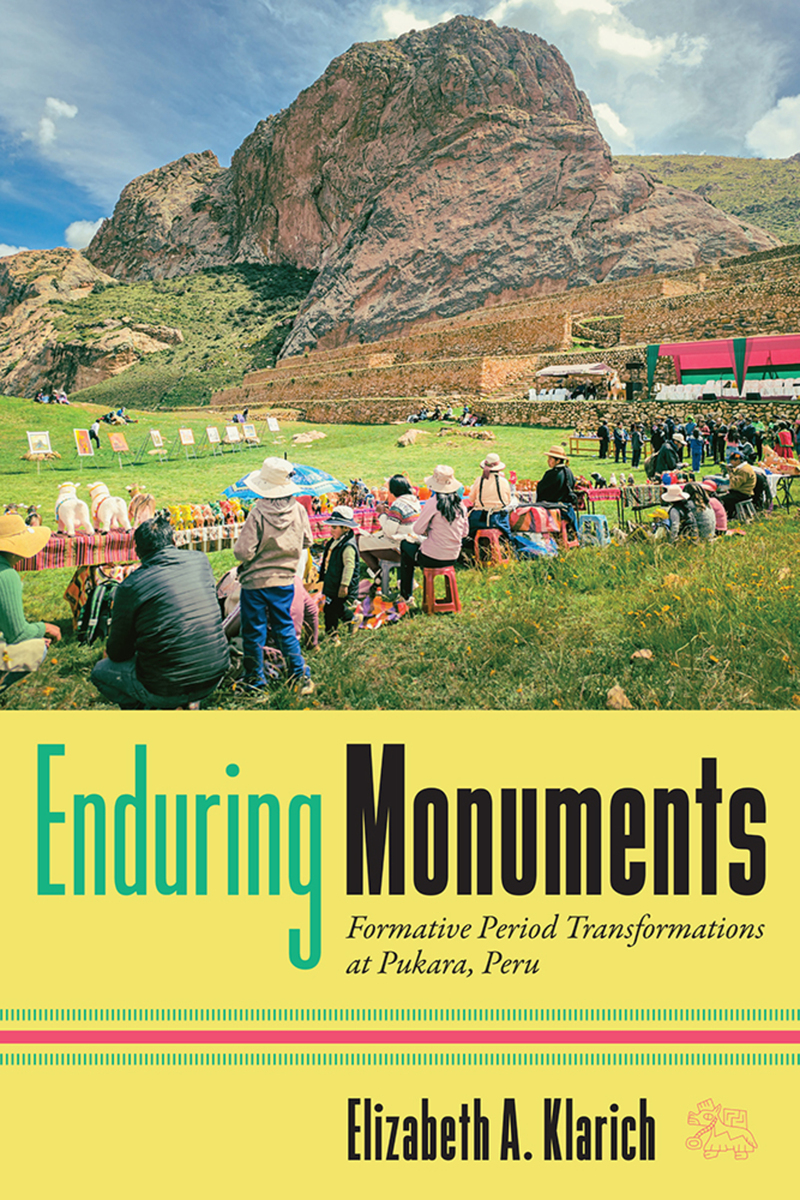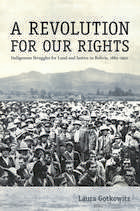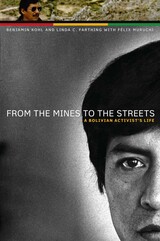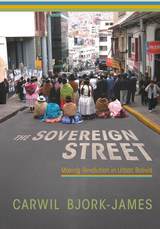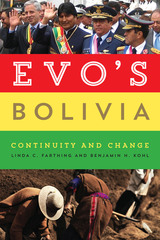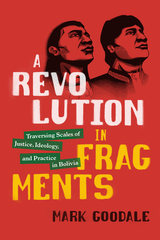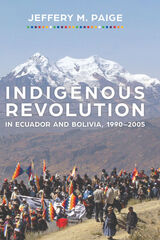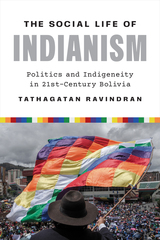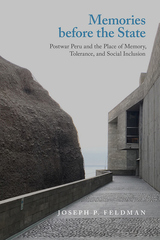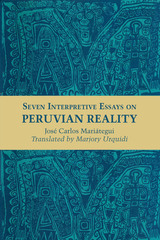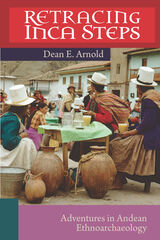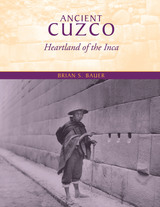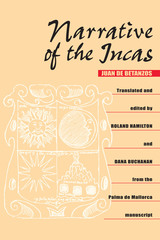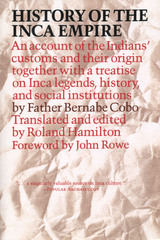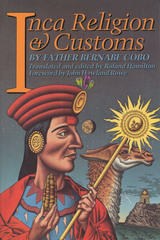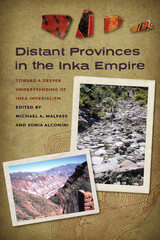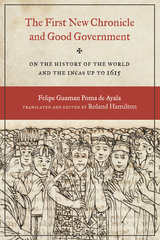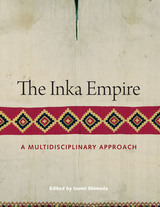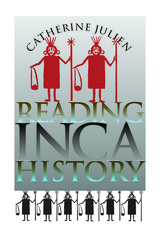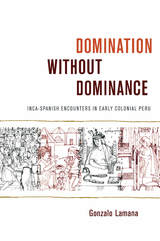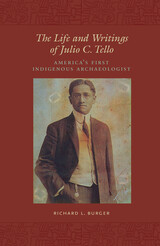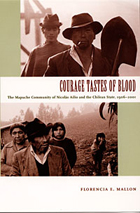Enduring Monuments: Formative Period Transformations at Pukara, Peru
University Press of Colorado, 2025
Cloth: 978-1-64642-744-4 | eISBN: 978-1-64642-745-1 (all)
Library of Congress Classification F3409.7.K53 2025
See other books on: Historic buildings | Klarich, Elizabeth A. | Monuments | Peru | Pottery, Prehistoric
See other titles from University Press of Colorado
Cloth: 978-1-64642-744-4 | eISBN: 978-1-64642-745-1 (all)
Library of Congress Classification F3409.7.K53 2025
ABOUT THIS BOOK | AUTHOR BIOGRAPHY | REVIEWS
ABOUT THIS BOOK
The culmination of over a decade of research, Enduring Monuments traces the architectural life histories of monumental complexes and public spaces of the Pukara site in the Lake Titicaca Basin. Using data from three distinct areas—the Qalasaya complex, the Central Pampa, and the Northern Platform—Elizabeth A. Klarich provides a powerful diachronic and comparative perspective for understanding social and political transformations during the Late Formative period in Peru.
In the early twentieth century, Peruvian archaeologists Luis E. Valcárcel and Julio C. Tello visited Pukara and shared images of its multicolored pottery and unique stone sculptures with colleagues across the world. A number of both small-scale and multiyear field projects have followed, with goals of refining Lake Titicaca Basin cultural chronologies, tracking Pukara-style material culture in the south-central Andes, restoring the structural integrity of the Qalasaya, and documenting the reoccupations of Pukara by Colla, Inca, and early Spanish colonial populations. Enduring Monuments synthesizes the findings of these diverse projects and shares the results of fieldwork and artifact analysis by the Pukara Archaeological Project since 2000.
Using a “building biography” approach that tracks initial construction, major remodeling, and subsequent expansion efforts during the Middle and Late Formative periods (400 BC–AD 200), Klarich highlights transformations in material culture, settlement patterns, social hierarchy, and daily practices at Pukara and contemporaneous sites across the Titicaca Basin and situates Formative period Pukara within the vast anthropological and archaeological literature addressing monumentality, ritual practice, and incipient urbanism in complex societies in South America and beyond.
In the early twentieth century, Peruvian archaeologists Luis E. Valcárcel and Julio C. Tello visited Pukara and shared images of its multicolored pottery and unique stone sculptures with colleagues across the world. A number of both small-scale and multiyear field projects have followed, with goals of refining Lake Titicaca Basin cultural chronologies, tracking Pukara-style material culture in the south-central Andes, restoring the structural integrity of the Qalasaya, and documenting the reoccupations of Pukara by Colla, Inca, and early Spanish colonial populations. Enduring Monuments synthesizes the findings of these diverse projects and shares the results of fieldwork and artifact analysis by the Pukara Archaeological Project since 2000.
Using a “building biography” approach that tracks initial construction, major remodeling, and subsequent expansion efforts during the Middle and Late Formative periods (400 BC–AD 200), Klarich highlights transformations in material culture, settlement patterns, social hierarchy, and daily practices at Pukara and contemporaneous sites across the Titicaca Basin and situates Formative period Pukara within the vast anthropological and archaeological literature addressing monumentality, ritual practice, and incipient urbanism in complex societies in South America and beyond.
See other books on: Historic buildings | Klarich, Elizabeth A. | Monuments | Peru | Pottery, Prehistoric
See other titles from University Press of Colorado
